Destinations
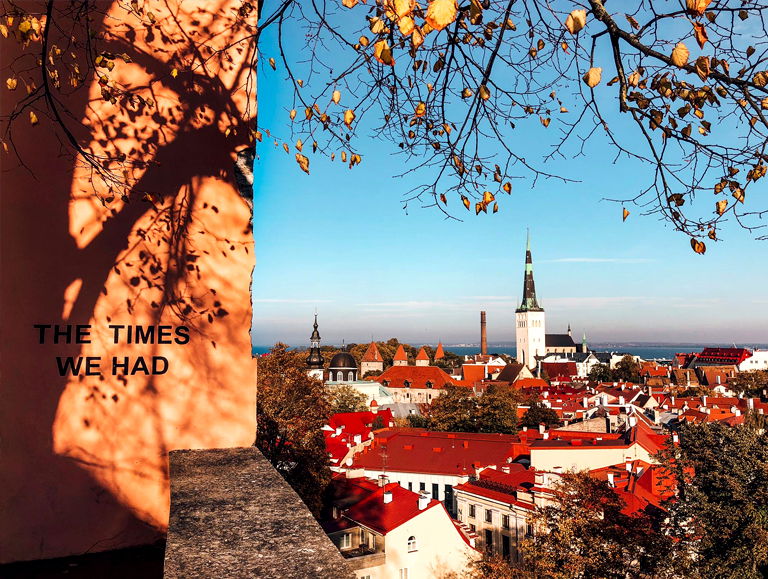
Tallinn Medieval Town
Located in the center of Tallinn, the capital of Estonia, the Tallinn Old City was built in 1248. It is the most intact medieval city in Europe today. It has the reputation of "Medieval Rose" and was listed as a "World Cultural Heritage" by UNSCO.
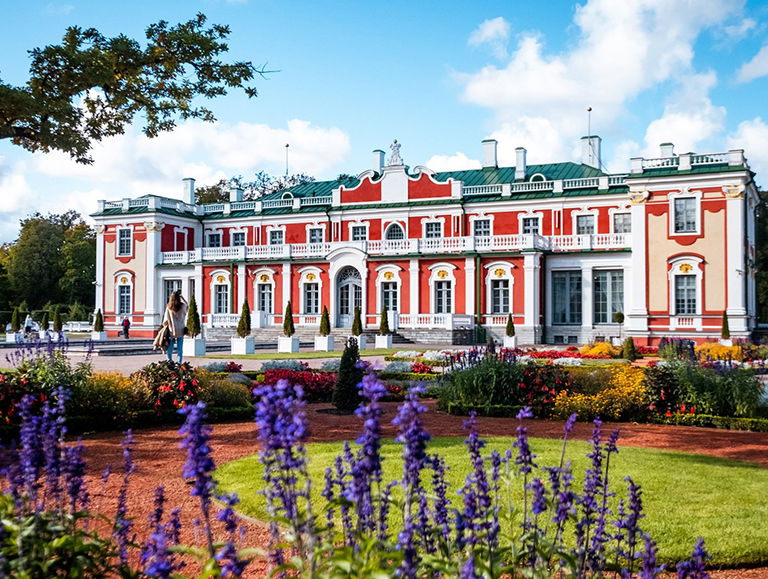
Kadriorg Palace
The Baroque Kadriorg Palace and Garden were built in 1718 to commemorate Catherine I, the wife of Russian Tsar Peter the Great. It is the only summer residence of Peter the Great in the Baltic Sea.
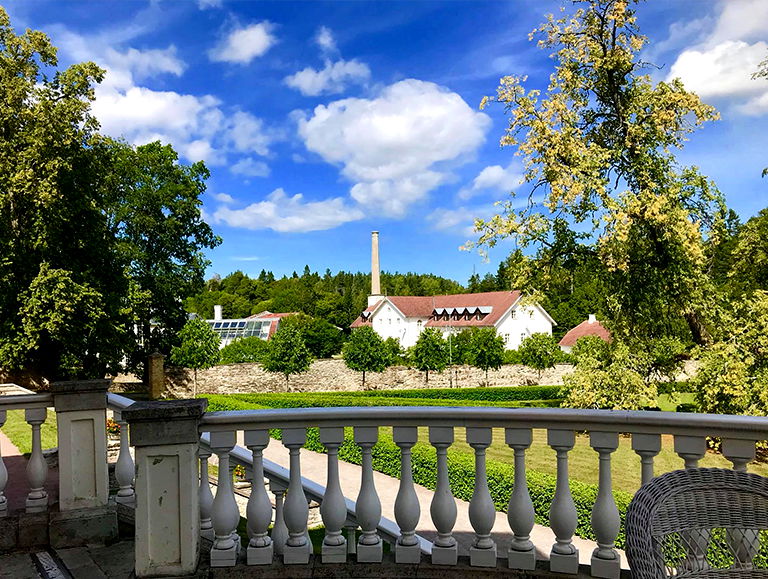
Lahemaa National Park
The park was established in 1971. The forest coverage rate here is more than 70%. It is rich in plant and animal populations. It is used to protect, research and develop the landscape, ecosystem, biodiversity and national heritage of northern Estonia.
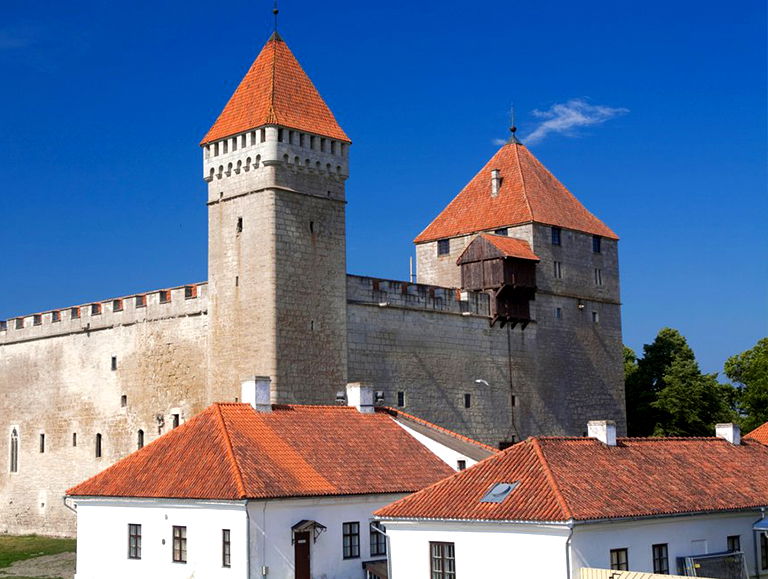
Saarema Island
Saaremaa is the largest island in Estonia, located at the northwest entrance of the Gulf of Riga in the Baltic Sea. Since the Middle Ages, there have been military garrisons on the island. The island is sparsely populated and has a good ecological environment. It is a famous tourist resort in the Baltic Sea in summer.
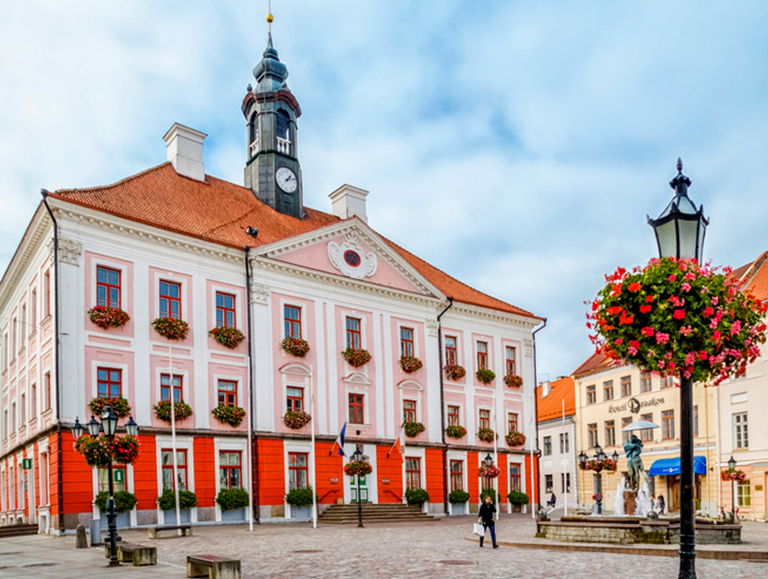
Tartu
Tartu is located in eastern Estonia and is the second largest city in the country. Compared with Tallinn, the political and economic center, Tartu is regarded as a cultural center. Tartu University, the oldest and most famous university in Estonia.
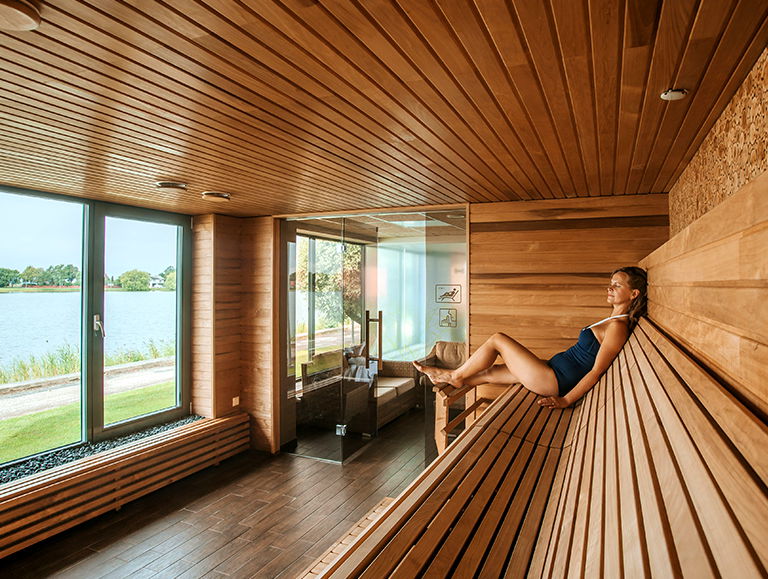
Haapsalu
Haapsalu is the most famous town on the west coast of Estonia. The town is famous for its warm waters, mud baths and calm atmosphere. It retains a medieval castle and wooden buildings from the early 20th century.

Riga Old Town
Riga is the main commercial city of the Hanseatic League in history. Its historical center is included in the World Heritage List. UNESCO particularly considers Riga’s rich Art Nouveau architecture to be unique in the world.

Rundal Palace
Lundal Palace is a Baroque palace building near Bauska, Latvia. It is the most famous Baroque building in the Baltic Sea region and a true portrayal of the luxurious life of the nobles during the Tsarist Russia period.
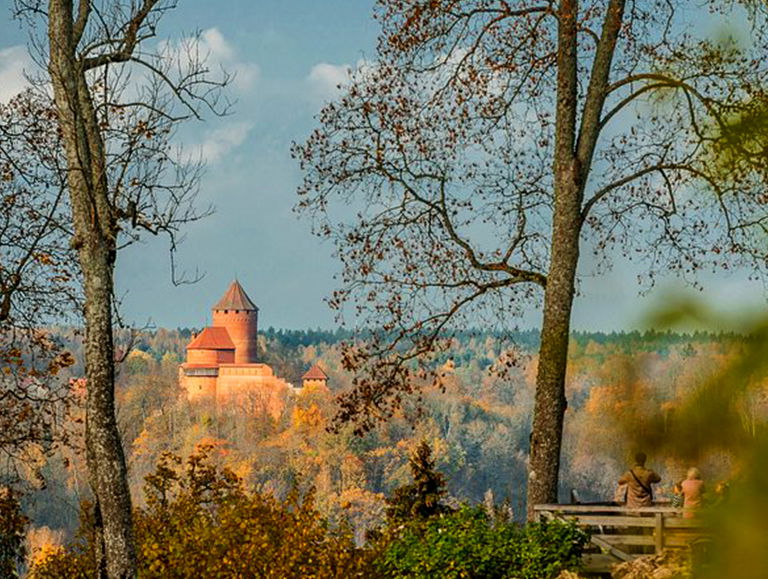
Sigulda
Sigulda is a tourist destination in central and northern Latvia. It is located on the banks of the Gauja River. It has a mild climate and dense vegetation. It was the residence of the bishop responsible for the jurisdiction from the beginning of the 13 century.
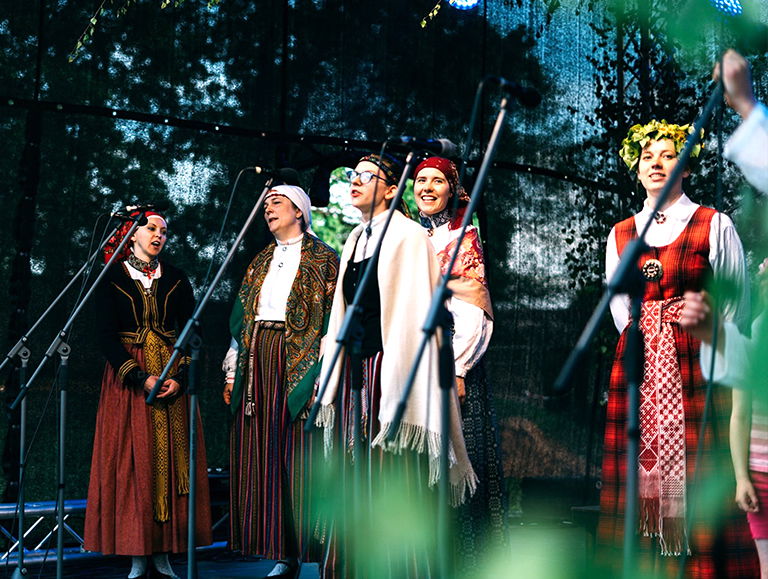
Césis
Césis is located in the Gauja River Valley in the northern part of the Veseme Highlands in north-central Latvia. It is a candidate city for the European Capital of Culture in 2014. In addition to the castle forest, there is also an authentic Latvian Town.

Jurmala
Jurmala is located on the west coast of Latvia, close to the capital Riga, and is the most famous resort on the Baltic Sea coast. The 20-kilometer white sandy beach is an excellent place to enjoy the scenery of the Baltic Sea coast.
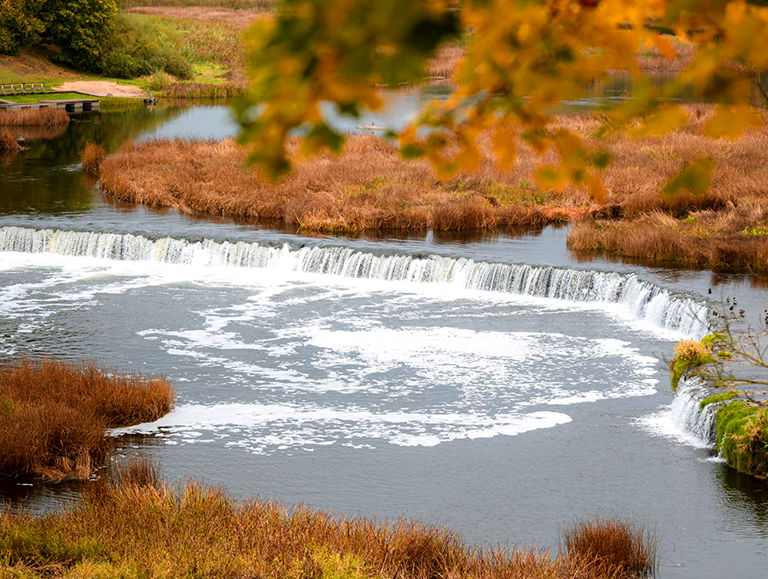
Kuldiga
Kuldiga is located in western Latvia, with beautiful scenery and simple folk customs. It is also the widest waterfall in Europe, Venta Waterfall, with a width of 249 meters and a spring season of 270 meters. It is a natural monument of Latvia.
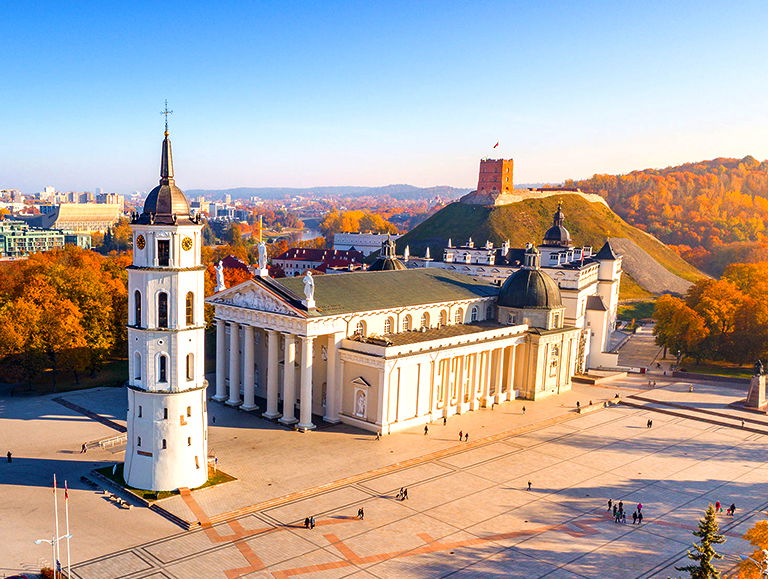
Vilnius
Located in the southeast corner of Lithuania, Vilnius is the largest ancient Baroque city in the Baltic Sea. There are many Baroque churches in the city, so it is also known as the city of churches. In 1994, it was listed as a world cultural heritage.
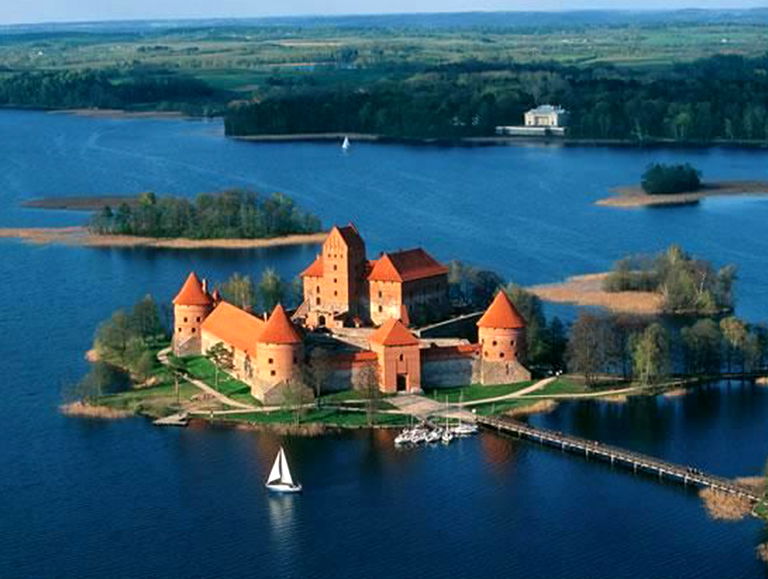
Trakai Castle
Trakai Castle was built during the time of the Grand Duke of Lithuania, Vytautas the Great. It was once the center of the Grand Duchy of Lithuania. It was built on the island in the heart of Lake Garva.

Hill of crosses
Hill of crosses. A Catholic holy place in northern Lithuania. According to legend, the earliest cross was placed in an abandoned military bunker after the Lithuanian anti-Russian uprising in 1831. Since then, Catholics who came to pilgrimage placed crosses and statues here to show their devotion.
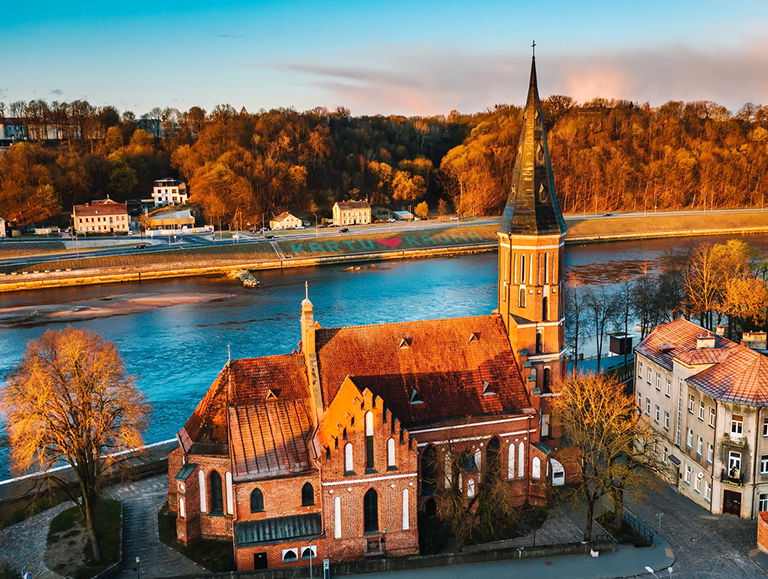
Kaunas
Kaunas is the second largest city and the old capital of Lithuania. It is located at the confluence of Lithuania’s two major rivers, the Neman and Neris. It has been a strategic place since the Middle Ages and was once the main source of life for the Lithuanian people.
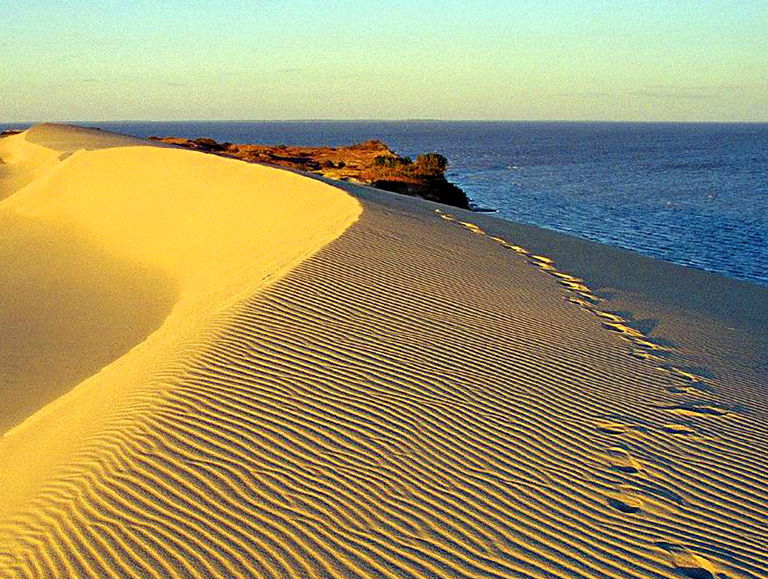
Curonian Spit
The Curonian Spit is a sandbar located on the coast of the Baltic Sea, which separates the Curonian Lagoon from the Baltic Sea. It is 98 kilometers long and is governed by Russia's Kaliningrad Oblast and Lithuania. In 2000, it was listed as a World Natural Heritage.
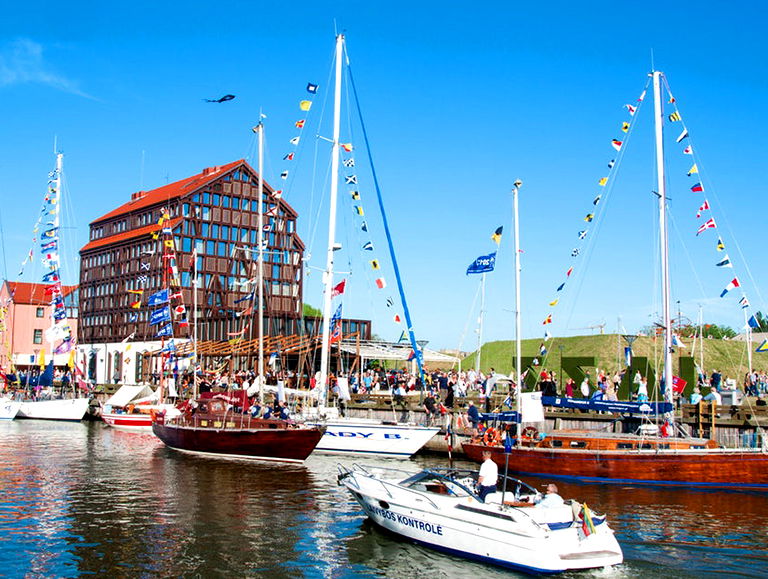
Klaipeda
Klaipeda is Lithuania's only seaport in the Baltic Sea, and ships connect to Sweden, Denmark and Germany. It is the estuary of the Neman River, with a picturesque and beautiful architectural landscape, full of German, British and Danish styles.
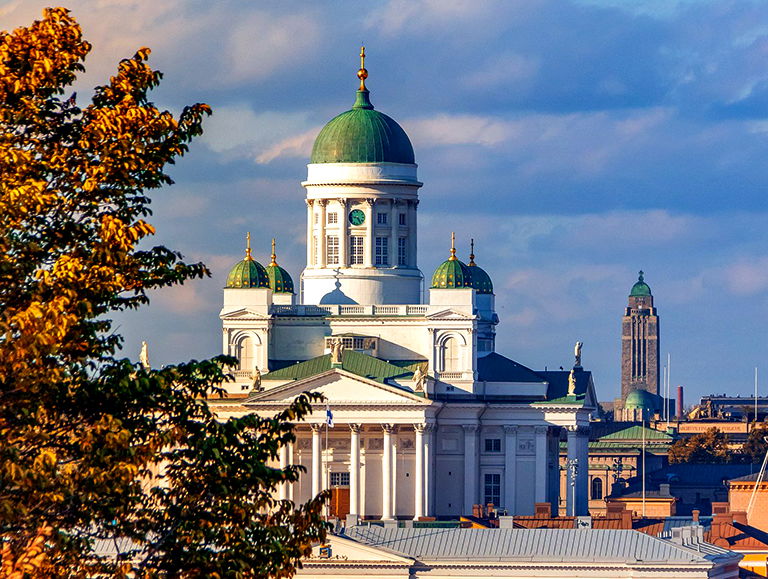
Helsinki
Helsinki is located on the northern shore of the Gulf of Finland, the southernmost tip of Finland, the coastal archipelago has beautiful scenery and the urban area is full of greenery. Known for its design and architectural art.

Santa's Village
The real and only Santa Claus lives in Finland. The Santa Claus Office is located in Rovaniemi. Whether children or adults, you can visit Santa Claus. In a cordial and friendly atmosphere, you can talk to him and bring joy to all parts of the world.

Polar Regions and Northern Lights
The Northern Lights are the air ionization phenomenon in the earth’s atmosphere. Watching the Northern Lights is a rare and wonderful experience in a lifetime. The vast wilderness of Finnish Lapland is one of the best places to trace the Northern Lights.

Suomenlinna Maritime Fortress
Suomenlinna Maritime Fortress is listed as a World Cultural Heritage by UNESCO. In addition to important historical buildings, the island also has cafes, restaurants, craft breweries, and theaters. It is a tourist attraction around Helsinki.

Porvoo
Porvoo is an exquisite town near Helsinki that retains the medieval town pattern. Low wooden houses, beautiful courtyards, narrow streets, and cobblestone streets all constitute a unique wooden house town style.
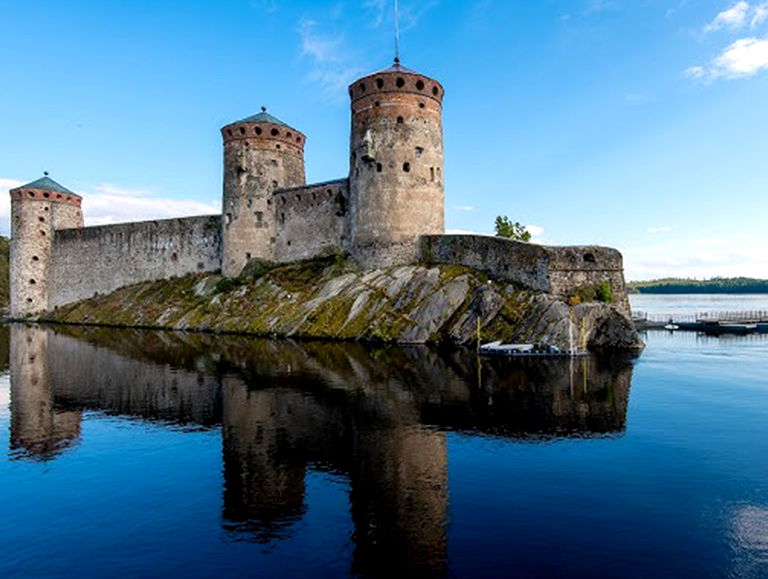
Lake Saimaa
Lake Saimaa, the largest lake in Finland and the fourth largest in Europe, is characterized by its net-like shape and extensive shoreline, making it a visually stunning and ecologically diverse area. Its labyrinthine structure, formed by numerous islands and narrow straits, contributes to its unique beauty and suitability for various activities.


